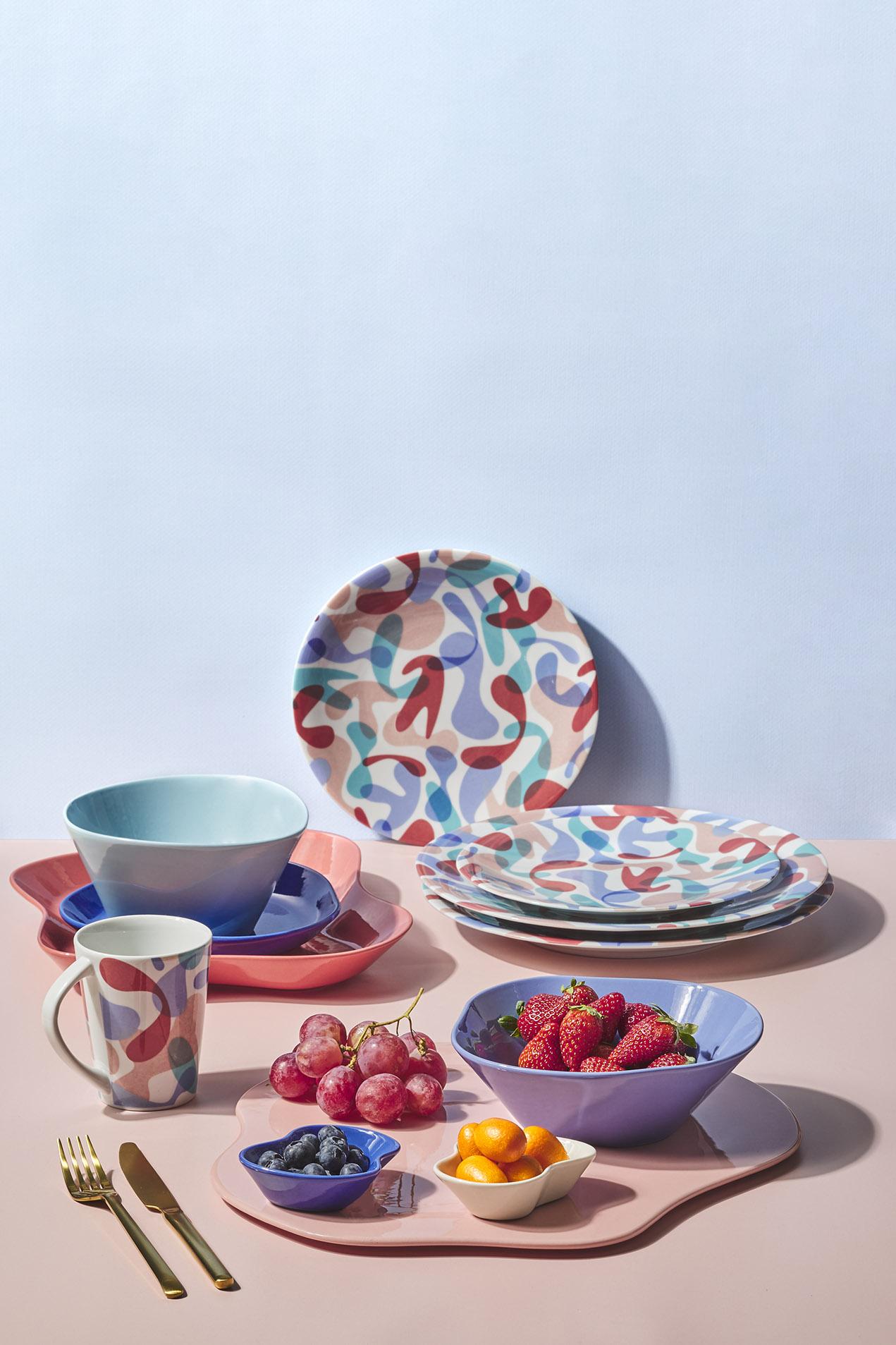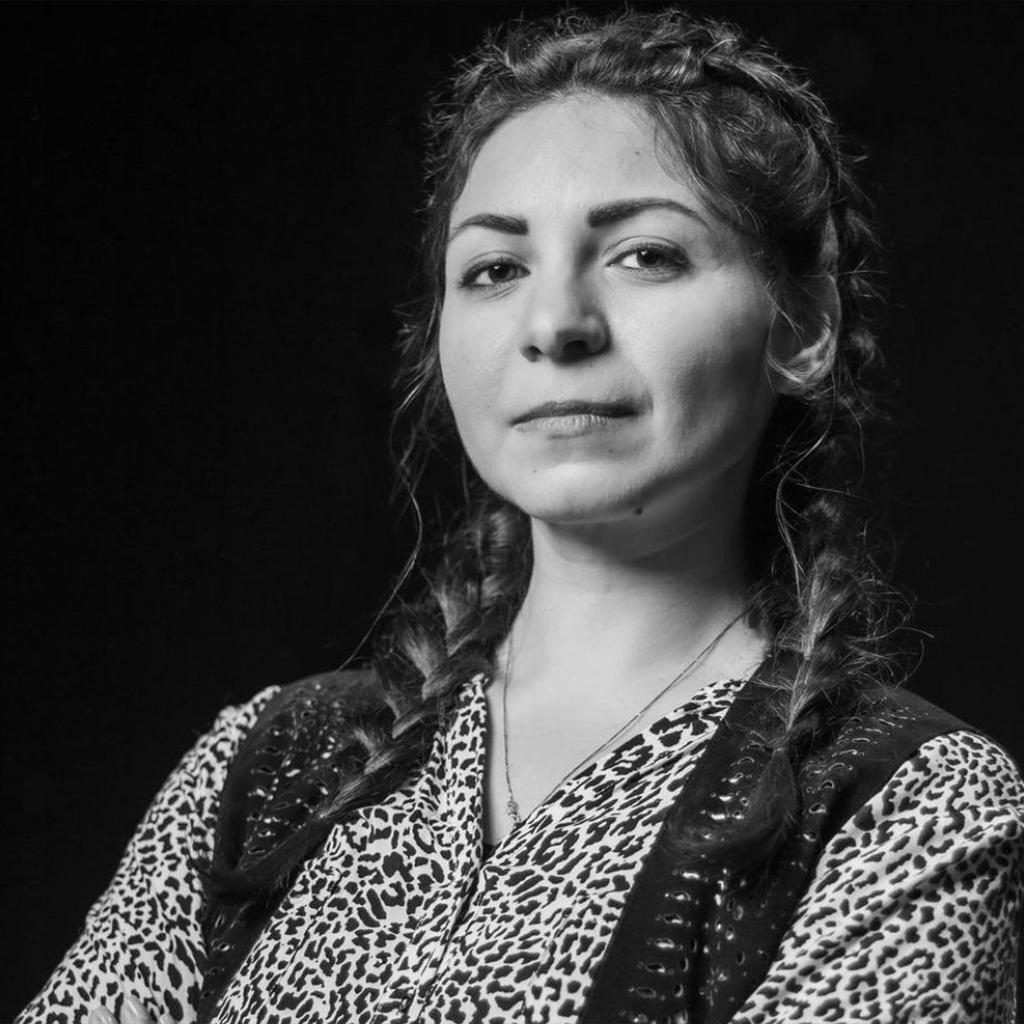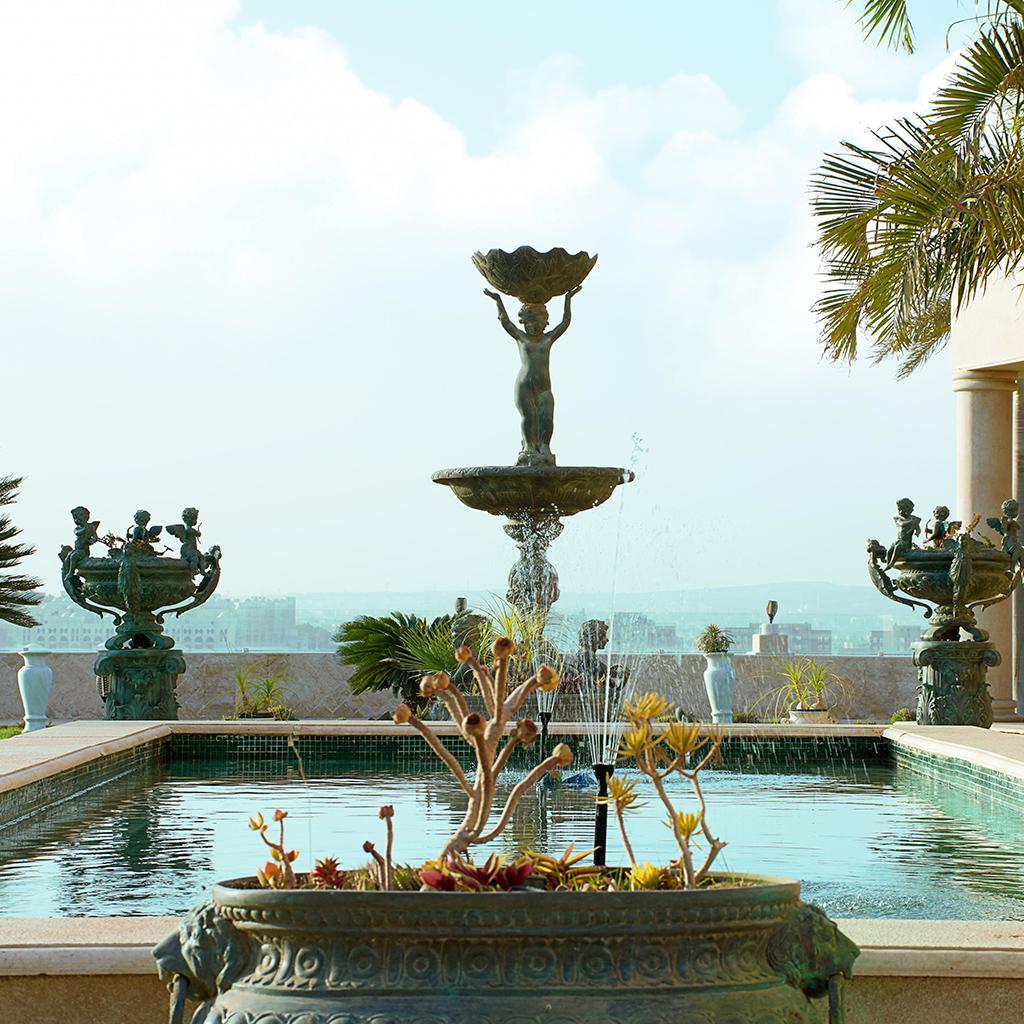
Date: 2023-06-13
Innovating Design with Color and Diversity

Karim Rashid is a renowned industrial designer known for his innovative and contemporary designs that span a wide range of disciplines, including furniture, lighting, fashion, and interior design. Born in 1960 in Cairo, Rashid's family moved to Mississauga, Canada, when he was only five. After graduating in 1982 from industrial design at Carleton University, Rashid furthered his education by attending the prestigious Pratt Institute in New York City, where in 1985, he earned a master's degree in industrial design. After completing his education, Rashid gained valuable experience working for several design firms, including Rodolfo Bonetto Studio and KAN Industrial Designers. By 1993, he established his design studio in New York City, which has since become prolific and internationally recognized.
Having completed many projects, Rashid is known for his bold and colorful aesthetic taste. Embracing it fearlessly as a powerful tool to evoke emotions and drive expression in physical objects and spaces. His artistic use of color aims to inspire, motivate, challenge, and ultimately leave a lasting impression on the viewer. Rashid encourages expression through color, urging fellow designers not to shy away from vibrant hues or unconventional combinations. For him, color is a means of self-expression and enhancing the world. From furniture to fashion to lighting, he approaches each discipline with a pluralistic mindset, avoiding the limitations of specialization. The designer draws inspiration from various aspects of visual culture, allowing him to cross-pollinate ideas, materials, behaviors, aesthetics, and language. This interdisciplinary approach fuels his creativity and enables him to create unique and captivating designs that catch the eye of everyone and anyone.
In order to gain deeper insight into the visionary designer Karim Rashid, He Magazine has engaged in a thought-provoking dialogue by posing a series of questions to him.

In your notable designs, which are renowned for their striking and vibrant aesthetic, could you share your perspective on how you approach the use of color in your creative process? Furthermore, what significance does color hold in shaping the essence and impact of your designs?
I love color and I am not afraid of it – I use it in a painterly way as a way of driving emotion through our physical objects, our spaces, to express, motivate, inspire, and question, to challenge and touch or evoke public memory. I always say, "Use color to express yourself. Don't be afraid of that bright orange chair. Paint your wall lime-green. Colored glass looks great in bathrooms. Be brave when it comes to carpets, countertops, and tables. Color is beautiful and it's all about self-expression. Be yourself."

Your design expertise encompasses an extensive array of disciplines, spanning from furniture to fashion to lighting. What inspires your attraction to such a diverse range of design fields, and how do you approach each discipline with a distinct mindset and approach?
I always saw myself as a pluralist, even when I was a student. I do not like the idea of specialization and admired creative people who touched many different aspects of visual culture. I like the whole idea of the Warholian factory, where you could move around in all the disciplines of the applied major arts. So I promised myself that if I ever had my own practice, I would keep it broad and touch all aspects of our physical landscape, including interiors and buildings, as well as lecture about the world at large. I have about 40 projects going at a time, and each project perpetually inspires the next. It is my diversity that affords me the ability to cross-pollinate ideas, materials, behaviors, aesthetics, and language from one typology to the other.

Your reputation precedes you for incorporating innovative materials and manufacturing techniques in your design creations. How do you ensure you're well-informed about the latest advancements in these areas, and how do they influence and shape your design process?
I read journals about technology and materials, visit my clients' factories, see new technologies at the trade fairs at which I lecture, and listen to the expertise of my clients. Industrial design and Interior design are driven by designers embracing new technologies, whether it is material chemistry, production method, or mechanical invention.

The essence of your work often embraces organic and fluid shapes and forms. What serves as your inspiration for these designs, and what obstacles do you encounter when translating them into reality?
Generally, I am interested in showing the world how a contemporary physical world can be warm, soft, human, and pleasurable. My aesthetic is very human, and I think it translates well to these sensual objects/spaces. I always design within the realm of my philosophy of sensual minimalism (soft, comfortable, human, with character yet reductive). What is more human than ourselves!

You said your intention is to create objects that establish an emotional connection with their users. How do you approach the process of forging this connection, and what significance do you anticipate your designs will have in people's lives?
It has been my mission to make design a public subject. I preach about how design shapes the future. I believe that design is extremely consequential to our daily lives and can positively change the behaviors of humans. Products and furniture must deal with our emotional ground, thereby increasing the popular imagination and experience. Good design can shift and change human behavior and create new social conditions. Human beings touch an average of 600 objects a day, and the potential for those objects to benefit the everyday human experience is immense. I derive tremendous happiness from product design because each object has the potential to connect with the consumer and to bring them pleasure on an everyday basis. Beautifying the world, creating well-designed, provocative, stimulating products, and environments is the impetus for everything I embark on.
Throughout your career, you have created numerous products and spaces. Is there a specific project that holds a special place in your heart, and if yes, what makes it so meaningful to you?
I probably think about the Alessi Kaj most often. Collaboration with Alessi was very smooth. I presented the concepts to Alberto Alessi, and within a year, we had a prototype of the Kaj. Then it took about 1 more year to get to market. I wear a different color Kaj every day. It's soft, sensual, flexible, and beautiful. It represents my love of the 'kasual age' and my need to kasual engineer the world.

As a designer, you have had the opportunity to create products for a diverse clientele, ranging from large corporations to boutique brands. How do you tackle the task of collaborating with such a wide spectrum of clients, and what difficulties does this present?
I realize that we live in a very complex world, and it can never be a utopian singular vision, and I'm just contributing as much as I can while I am on this planet. As a designer, you must learn to collaborate. It is not the form that is primary. It is the idea, the concept. I work with the strengths of the client. If you work with a company, then the expectation is a marriage of my brand, vision, and ideas, with their company culture. Generally, companies I work with or come to me have a very similar philosophy, and this is when the work really works well. It is a myth that designers have an idea and a company produces it. The real work is the collaborative merging of minds, vision, and ideology. It took me many years to learn that the only time it works is when you have the right relationship, and relationships are everything in life, love, business, friendship, and support.
In a 2017 article by The National, you were referred to as a "digital nomad" because of your frequent travel and global work engagements. How does this unique lifestyle shape your design approach, and what advantages and disadvantages does it bring to your creative process?
I am in a stage of my career where I realize that I am basically working virtually, and I feel that I am much less stressed. I worked hard for 40 years, and now I do much less and try to enjoy every moment. I don't think it influences my designs other than the fact that I'm exposed to so much more design, roadblocks, issues, cultural practices that give me a unique global perspective.

As a prominent proponent of sustainability in design, how do you integrate sustainable principles into your design process, and what is your vision for the future of sustainable design?
Recycling is in a really cyclic paradigm now in the United States and many other countries. Conserving resources means using less raw materials and energy throughout a product's entire life — from its development and manufacture to its use, reuse and recycling and disposal. I am interested in biodegradable materials. I am trying to use bioplastics; the Garbo can is made of corn, and the Snap chair by Feek is made of 100% recycled polystyrene and is 97% air. A while ago I designed packaging for a fast-food restaurant using starch and potatoes that are injection molded and have the exact appearance of plastic. These innovations are finally becoming part of the consumer zeitgeist.
In your various talks, interviews, and lectures, you have expressed your desire to design products that are accessible and "democratic," available to everyone. Could you elaborate on what you mean by this concept and how you perceive design's role in fostering a more equitable world?
Everyone has a right to well-designed products. A new renaissance of design is taking place; design is now democratic, of extreme high quality. We must let go of old ideas of luxury and really create new aesthetics, new forms, new material, new languages that are more seamless and attune with the world we live in now. Production technologies have become so sophisticated, perfected, and so automated that a machine can produce better work than the hand, which makes for better yet cheaper designs. A watch that costs 40 euros today may be able to keep better time than a Rolex? An inexpensive pair of jeans from H&M may be better quality than a 350-euro pair of jeans from a luxury brand? In other words, mass-production and the digital technological age have created a 'democratic' luxury and have really changed the old school idea of what luxury was. Designers have the power to shape a better, smarter world, to simplify yet inspire every individual, to make well-made and beautiful products accessible to all.

As a prolific designer with an extensive portfolio spanning diverse disciplines for over three decades, what continues to drive your creative spirit, and what aspirations do you hold for your future designs?
I found myself going back to what I always believed in, which was the banal stuff all around us, things I felt I could just make better. Every object in our lives could be inspiring, poetic, beautiful... but the only way that they will remain is if they really work. And this is where design loses its path, and where consumers get disappointed in design – when things look great but don't function at that same high level.





